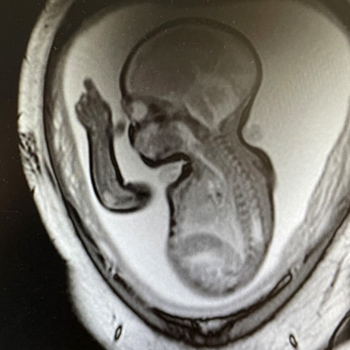Keywords
pregnancy, pulmonary embolism, lifestyle, thrombolysis, cardiac arrest
Abstract
Introduction: Pulmonary embolism (PE) is a rare, severe complication in pregnancy, in which case thrombolysis can be lifesaving but has risks. We aim to highlight actions specific to pregnant women.
Case Description: A 24-week pregnant woman developed shortness of breath and experienced sudden cardiac arrest. Cardiopulmonary resuscitation (CPR) was begun immediately in the ambulance and a perimortem caesarean section was performed upon arrival at hospital, but the new-born died. After 55 minutes of CPR, bedside echocardiography revealed right ventricular strain and thrombolysis was given. The uterus was bandaged to minimize blood loss. After massive transfusions and correction of haemostasis, a hysterectomy was performed due to inability of the uterus to contract. After 3 weeks, the patient was discharged in good health and placed on continuous anticoagulant treatment with warfarin.
Discussion: Approximately 3% of all out-of-hospital cardiac arrest cases are due to PE. Among the few patients who survive at the scene, thrombolysis can be lifesaving and should be considered in pregnant women with unstable PE. Prompt collaborative diagnostic work-up in the emergency room is necessary. In a pregnant woman with cardiac arrest, a perimortem caesarean section improves the chances of both maternal and fetal survival.
Conclusion: Thrombolysis should be considered for patients with PE in pregnancy with the same indications as in a non-pregnant woman. In case of survival, there is profuse bleeding with need for massive transfusions and haemostasis correction. Despite being in very poor condition, the above patient survived and was fully restored to health.
References

Views: 595
HTML downloads: 75
PDF downloads: 512
Published:
2023-05-09
Issue:
2023: Vol 10 No 6
(view)










